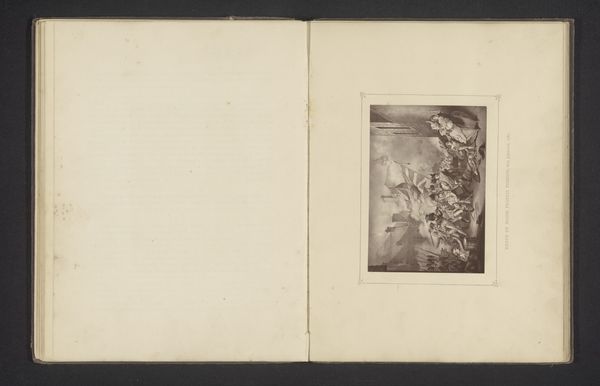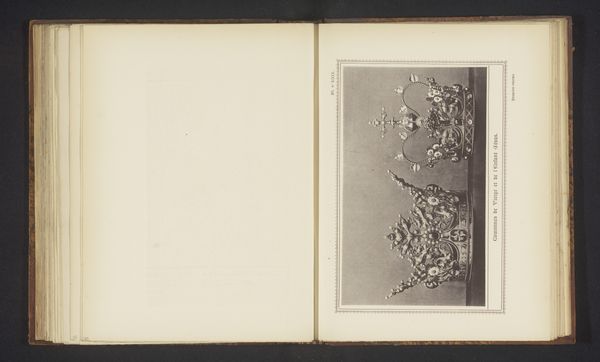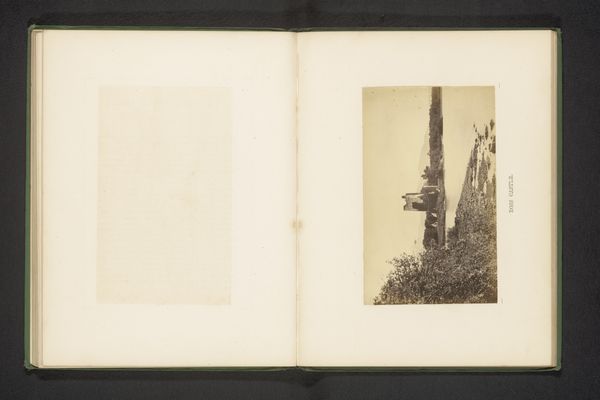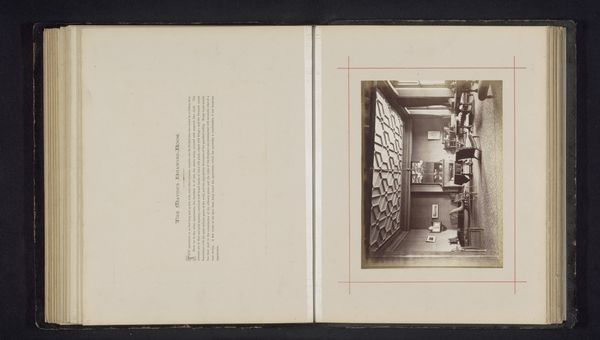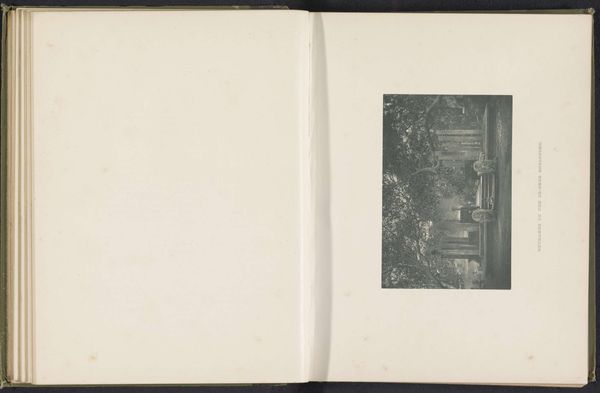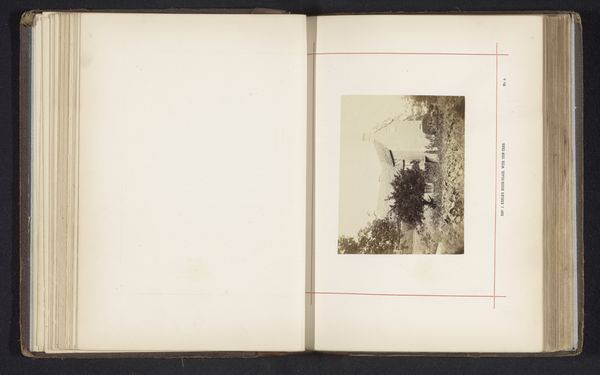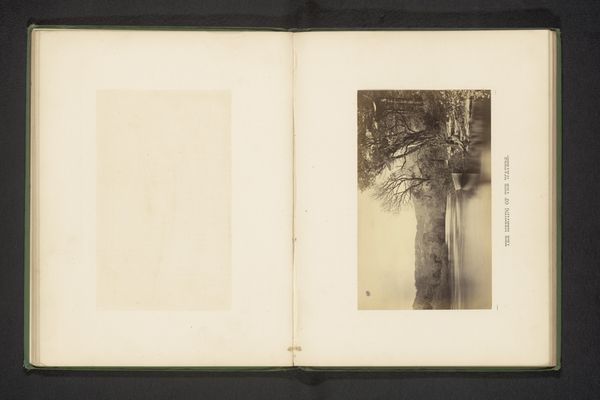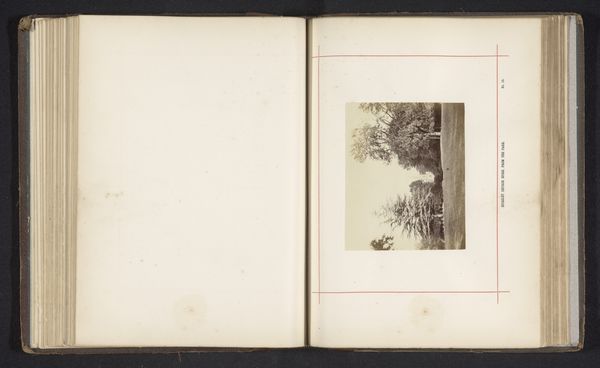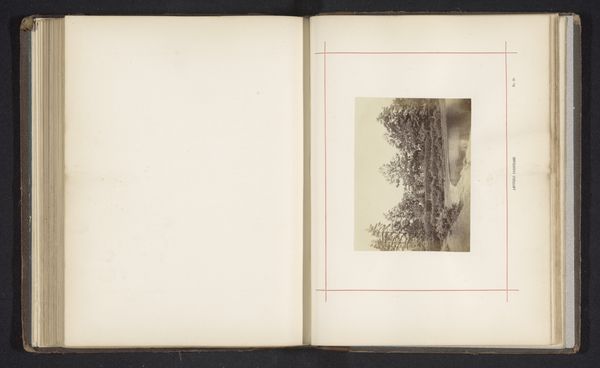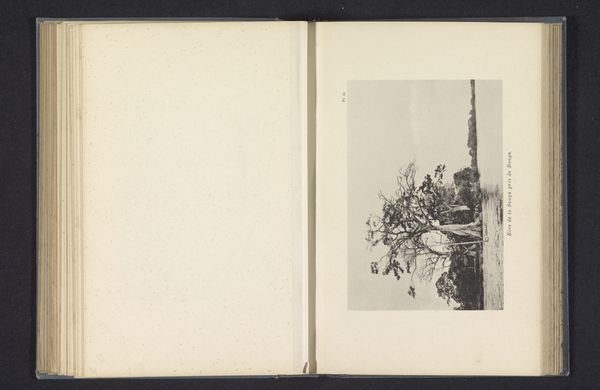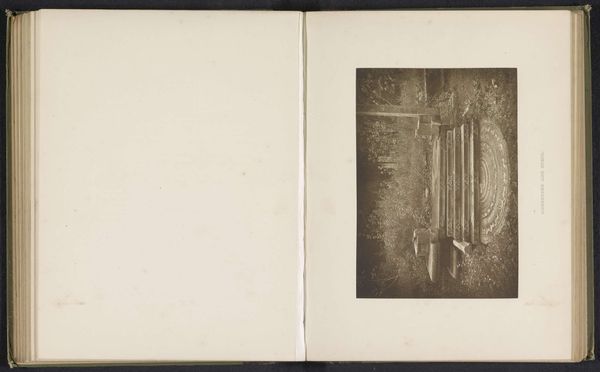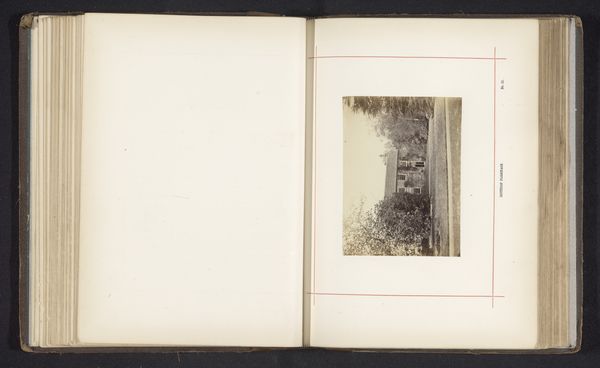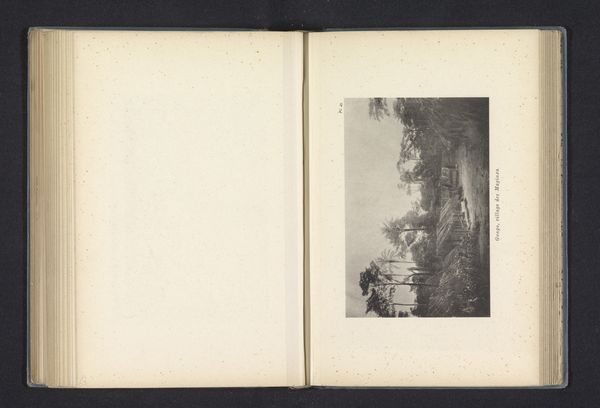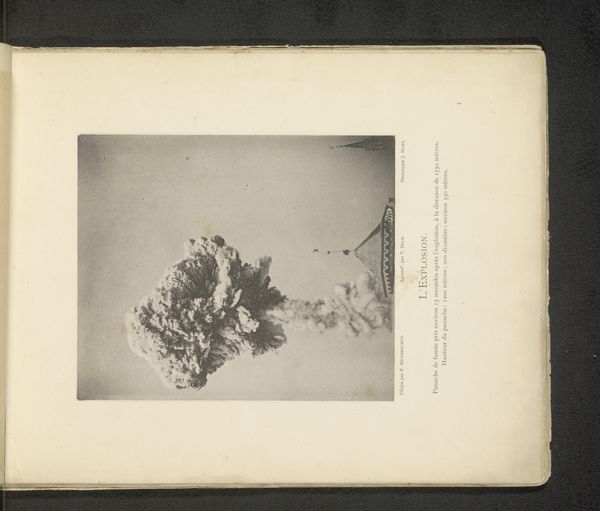
photography
#
photography
Dimensions: height 136 mm, width 90 mm
Copyright: Rijks Museum: Open Domain
Editor: Here we have "Gedecoreerde vaas," or "Decorated Vase," a photograph by Paul Joseph Nicolas Nestor Schaffers from before 1878. It feels incredibly still, almost like staring into the past, with the high contrast adding to the sense of drama. What do you see in this piece that speaks to its time? Curator: You know, it does feel like we’re peering into history, doesn't it? I find myself wondering about Schaffers' intention. Was it simply documentation, or something more…an attempt to capture beauty, perhaps? Photography was still relatively new then, and I suspect Schaffers, like many, was experimenting with its artistic potential. Editor: So it’s a kind of bridge between documenting reality and creating art? Curator: Precisely. The choice of subject – a highly decorated vase – speaks to an interest in detail and craftsmanship, reflecting the values of the period. It reminds me of still life paintings of the era, meticulously rendered with attention to light and shadow. But, this being photography, it offers a different kind of 'realism'. It’s an intriguing paradox. How does the contrast and staging affect your interpretation? Editor: I think the darkness makes it seem more monumental than it probably is. It elevates a relatively simple object to something significant. Curator: Yes, the dark backdrop isolates the vase, demanding our attention. Perhaps Schaffers sought to immortalize not just an object, but a particular aesthetic ideal. It makes me think of mortality... doesn’t the stark light make the vase seem ancient, timeless? Editor: Definitely. I hadn't considered the potential for Schaffers to play with the vase’s cultural weight so deliberately. Curator: That’s the beauty of art, isn't it? Multiple layers, each offering new ways of seeing and feeling. Even the simplest object, captured through a lens, can whisper stories of the past.
Comments
No comments
Be the first to comment and join the conversation on the ultimate creative platform.
